Ford Goes Hands-Free, Promising Relaxed - but Not Distracted - Cruising in 2021

Ford brought back the Mustang Mach 1 to offer buyers an involved, hands-on, track-worthy driving experience, but the Mustang Mach-E arriving next year will offer the ability to go hands-off. New hardware and software, combined with extensive mapping of certain divided highways, will see some Ford vehicles gain the ability to cruise without a driver’s hands on the wheel, starting in the 2021 model year.
The long-expected tech addition catapults Ford into the big leagues of Level 2 autonomy, rivaling General Motors (Super Cruise) and Tesla (Autopilot). Like the others, this feature still falls short of any “self-driving” or “fully autonomous” label. At least Ford’s system has something Tesla’s doesn’t.
That would be an infrared driver-monitoring camera designed to prevent distraction or dozing. Super Cruise has it; Autopilot does not. Supposedly able to peer even through sunglasses, the camera alerts drivers whose gaze drifts away from the road, slowing the vehicle if necessary.
Called Active Drive Assist, the feature can be added to vehicles ordered with the new Ford Co-Pilot360 Active 2.0 Prep Package — a radar and camera-festooned upgrade arriving for 2021. Mustang Mach-E buyers will have first dibs on the technology, as the package will made available on all flavors of the upcoming electric crossover.
Ford says buyers of the prep package have “the opportunity to purchase Active Drive Assist software and receive the feature at a Ford dealer or via an over-the-air update expected in the third quarter of 2021.” Early orderers of the Mach-E can see it added at the time of purchase, the automaker said.
So, what does come standard on the Mach-E? Several new features. In addition to the usual Co-Pilot360 suite of driver-assist features, which includes adaptive cruise control with lane centering, the Assist 2.0 version brings aboard Blind Spot Assist and Road Edge Detection — the latter feature useful for keeping the vehicle planted to pavement in rural areas. Intelligent adaptive cruise with stop-and-go functionality joins the fray, too (the car can now remain stopped for up to 30 seconds without the driver having to reactivate the feature), as does Active Park Assist 2.0. Parallel and perpendicular parking is a touch of a button away.
Intersection Assist employs the sensors and cameras already present for pre-collision braking to help the vehicle navigate left-hand turns without incident.
But back to the gee-whiz stuff. The optional Active Drive Assist offers two driving experiences: Hands-Free Mode and Lane-Centering Mode, the latter of which requires a driver’s hands to remain on the wheel. In hands-free mode, a driver can relax a bit, relinquishing the wheel on more than 100,000 miles of roadway in the U.S. and Canada.
Ford claims the system soaked up 650,000 miles of real-world testing during the development phase.
“Our team has aggressively tested Active Drive Assist to bring something to our customers’ lives that they can trust,” said Justin Teems, Active Drive Assist feature lead. “We go to far-flung places around the U.S. and Canada – from Florida to California, from Quebec to Texas, Wyoming and Idaho – to try to stimulate those rare-case sensor measurements we might not get anywhere else, capturing data in a number of different ways.”
Darkness, rain – you get the idea. Ford does mention bright sun and snow as other conditions the system supposedly tackled, and we all know how easily these two conditions can flummox driver-assist systems. How the system shakes out in customers’ hands won’t be known until next year. YouTube will be sure to keep us abreast of any and all unsanctioned tests.
As for what non-Mach-E vehicles receive what, we don’t know. The packages vary, and we won’t know where all the tech lands until closer to 2021 model year roll-outs.
[Images: Ford]

More by Steph Willems
Latest Car Reviews
Read moreLatest Product Reviews
Read moreRecent Comments
- Redapple2 Dear lord ! That face. HARD NO.
- Urlik Let’s ban for all. Having that data anywhere leaves it open to the Chinese government potentially hacking systems to get the data.
- Redapple2 Gen 1 - 8/10 on cool scale.Gen 2 - 3/10.
- SCE to AUX "...to help bolster job growth and the local economy"An easy win for the politicians - the details won't matter.
- Kjhkjlhkjhkljh kljhjkhjklhkjh so now we will PAY them your tax money to build crappy cars in the states ..



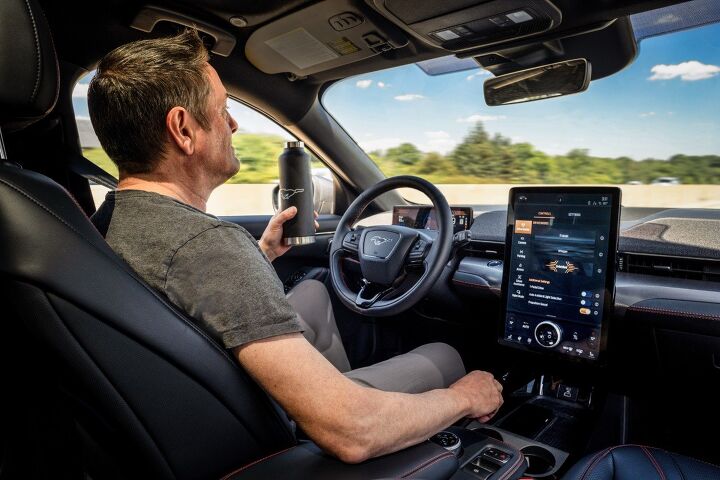

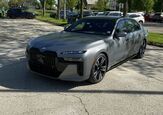











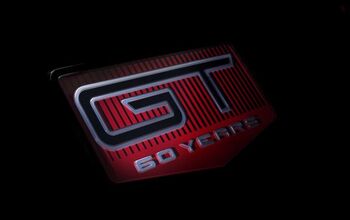
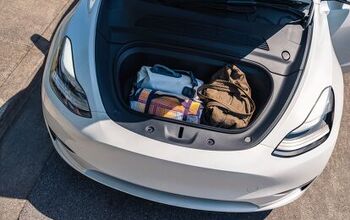
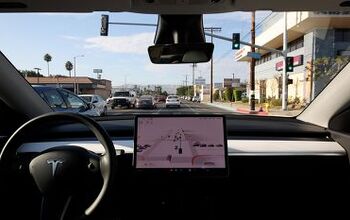
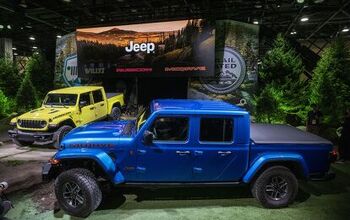
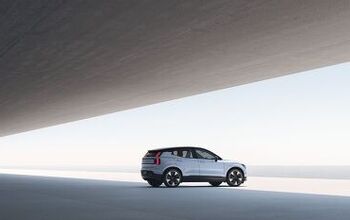
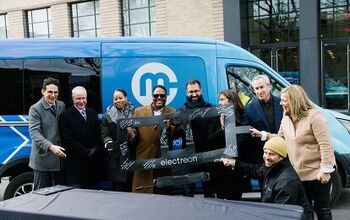
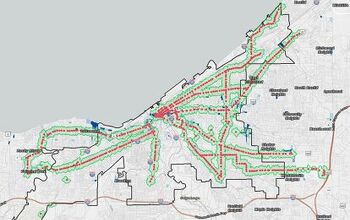
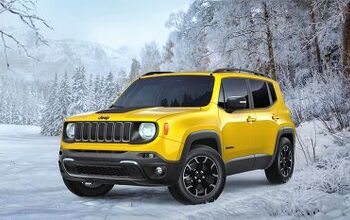
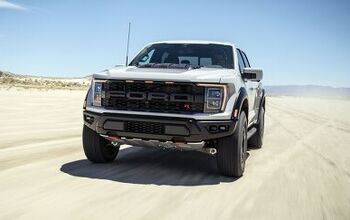
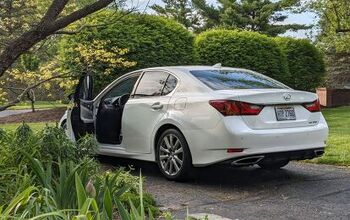
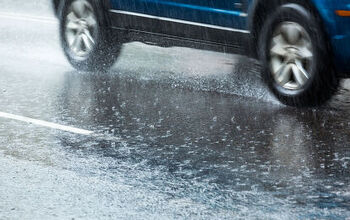
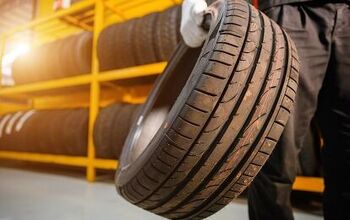
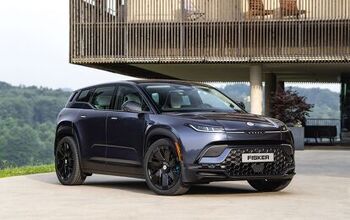
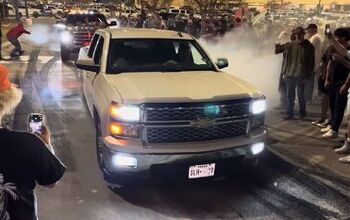
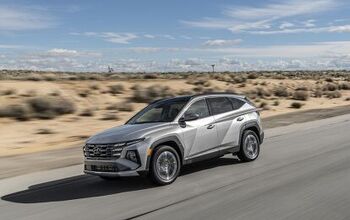
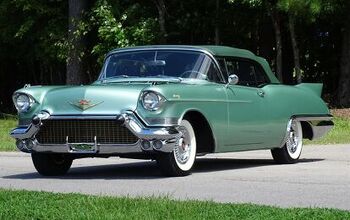


Comments
Join the conversation
I own a Cadillac CT6 with the Super Cruise. I was initially resistant to even buying a car with it, but now I am glad that I have it. I say that even though I LOVE to drive. I took a 3300 mile road trip the week of Memorial Day over 8 days and 9 Western US States. The Super Cruise system allowed for me to engage the hands off driving on divided highway interstate highway driving in the rather boring stretches and it prevented a lot of seat fatigue. I was able to toss the car around in the fun parts of the drive and on some really open stretches, stretch the legs out and open the wastegate for long periods. Super Cruise tops out at a set 85 MPH but you can nudge the pedal with your foot should the need arise to surpass that speed. The system will disengage at speeds much higher than that, but I cannot quantify that exact number. The system will also disengage if you are not paying attention to the roadway and situations; the system scans your eyes to make sure you are watching and that you are watching the right area. If you do not pay enough attention, the LED bar on the steering wheel flashes, if you still don't pay attention, it will flash red and disengage, bringing the car to a stop and turning on the hazard flashers. Once you take manual control of the car, the slowdown/shutdown ceases and the car returns to normal. It's a great system.
I have no dog in this hunt, but I do have two questions: a) The large touch screen was deemed by many to be stupid when Tesla did it. Is it smart now that Ford is doing it? b) By my read, you pay for the hardware now and get the functionality later. When Tesla does this it is deemed by many to be theft. Is it ok when Ford uses the same approach? https://en.wikipedia.org/wiki/Cognitive_dissonance